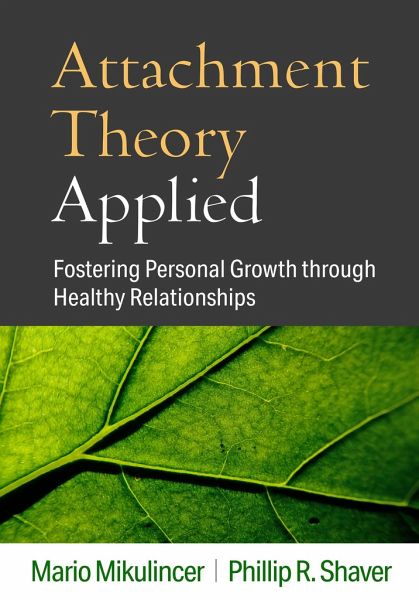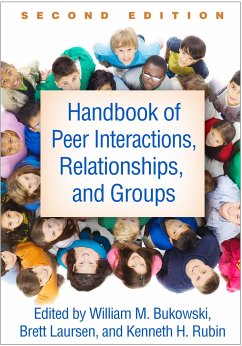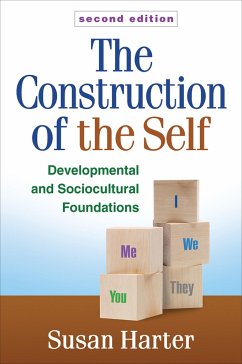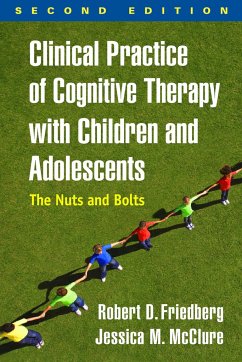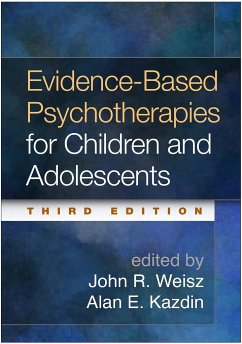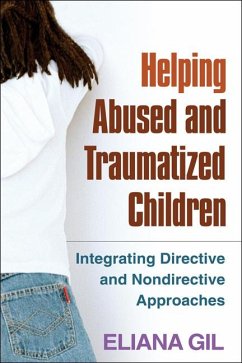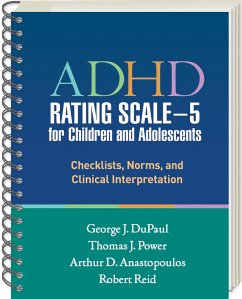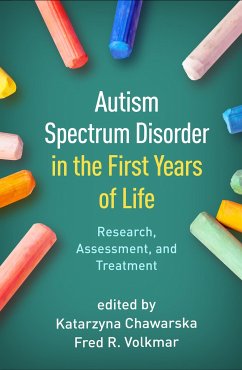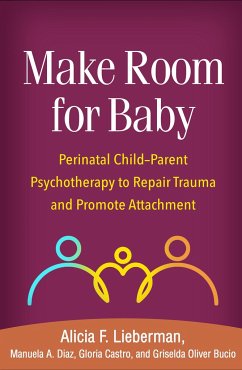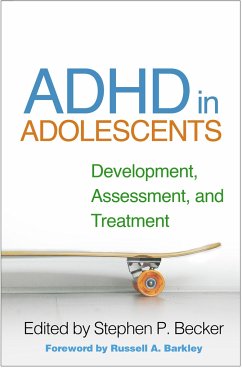Mario Mikulincer
Gebundenes Buch
Attachment Theory Applied
Fostering Personal Growth Through Healthy Relationships
Versandkostenfrei!
Versandfertig in 2-4 Wochen
Weitere Ausgaben:

PAYBACK Punkte
37 °P sammeln!




This book reviews the state of the science of attachment-based interventions in psychotherapy and beyond. The authors critically evaluate a range of program
Mario Mikulincer, PhD, is Professor of Psychology and Academic Director of the Israel Center for Addiction and Mental Health at The Hebrew University of Jerusalem. His research interests include attachment processes in adulthood, terror management theory, personality processes in interpersonal relationships, evolutionary psychology, human learned helplessness and depression, trauma and posttraumatic processes, and coping with stress. Dr. Mikulincer is a Fellow of the Association for Psychological Science and the Society for Personality and Social Psychology. He is a recipient of Israel's EMET Prize for Art, Science, and Culture and of the Berscheid-Hatfield Award for Distinguished Mid-Career Achievement from the International Association for Relationship Research. Phillip R. Shaver, PhD, is Distinguished Professor Emeritus of Psychology at the University of California, Davis. He has published numerous books, including Handbook of Attachment, and over 400 journal articles and book chapters. Dr. Shaver's research focuses on attachment, human motivation and emotion, close relationships, personality development, and the effects of meditation on behavior and brain. He is a Fellow of the American Psychological Association and the Association for Psychological Science and is past president of the International Association for Relationship Research, from which he received the Distinguished Career Award. He has also received an honorary doctorate from Stockholm University and Distinguished Career Awards from the Society of Experimental Social Psychology and the Society for Personality and Social Psychology. He is an elected member of the American Academy of Arts and Sciences.
Produktdetails
- Verlag: Guilford Publications
- Seitenzahl: 374
- Erscheinungstermin: 19. Juni 2023
- Englisch
- Abmessung: 259mm x 188mm x 26mm
- Gewicht: 860g
- ISBN-13: 9781462552337
- ISBN-10: 1462552331
- Artikelnr.: 67444462
Herstellerkennzeichnung
Libri GmbH
Europaallee 1
36244 Bad Hersfeld
gpsr@libri.de
Für dieses Produkt wurde noch keine Bewertung abgegeben. Wir würden uns sehr freuen, wenn du die erste Bewertung schreibst!
Eine Bewertung schreiben
Eine Bewertung schreiben
Andere Kunden interessierten sich für



